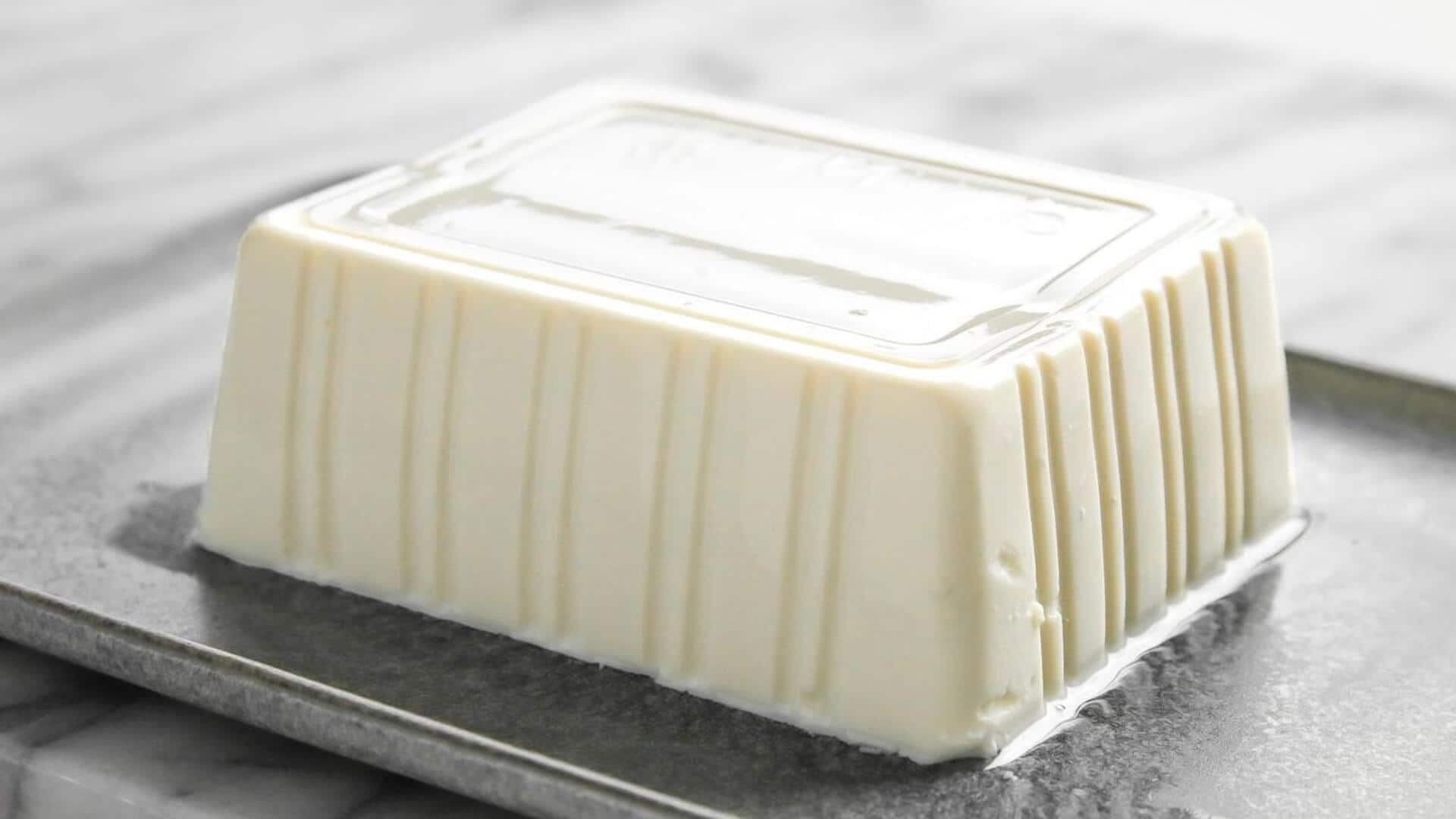
Cooking with silken tofu: A guide
What's the story
Silken tofu, with its creamy texture and adaptability, has become a secret weapon in many kitchens. And, it's not limited to vegans or vegetarians; anyone seeking a healthy addition to their meals can enjoy the benefits of silken tofu. This article delves into five creative ways to utilize silken tofu in your culinary creations, elevating familiar dishes into extraordinary experiences.
Dairy swap
Silken tofu as a dairy substitute
Silken tofu is a great dairy substitute for lactose intolerant individuals or anyone following a vegan diet. Just blend it until smooth and use it as a replacement for cream in soups and sauces. One cup of pureed silken tofu can be used in place of one cup of cream, providing a lower-fat alternative that still delivers a creamy texture and a mild flavor.
Smoothie boost
Smoothies and desserts delight
Add silken tofu to your smoothies for a protein punch that won't change the flavor. A 100-gram serving of silken tofu contributes eight grams of protein to your drink, making it more filling and nutritious. Plus, its creamy texture adds a luxurious touch to smoothies without resorting to dairy products or extra sweeteners.
Eggless baking
Vegan egg replacements
Silken tofu makes a great egg substitute in baking because it helps bind ingredients together, just like eggs do. Simply use 60 grams of blended silken tofu to replace one egg in cakes, muffins, and brownies. Not only does this substitution make your treats vegan-friendly, but it also adds extra moisture, creating a softer texture in your baked goods.
Dressing base
Healthy salad dressings
Make healthier versions of your favorite salad dressings by using silken tofu as the base. Just blend it with herbs, spices, vinegar, or lemon juice to create the flavor profile you're craving. This trick cuts the calories way down compared to traditional dressings made with mayonnaise or oil, but you still get that creamy goodness!
Soup thickener
Protein-packed soups
Use silken tofu to thicken soups instead of heavy creams or starches. Just blend it until smooth and stir into your soup near the end of cooking. Not only does it thicken the soup, but it also adds a protein punch, subtly elevating the dish's nutritional profile without changing the original flavor too much.